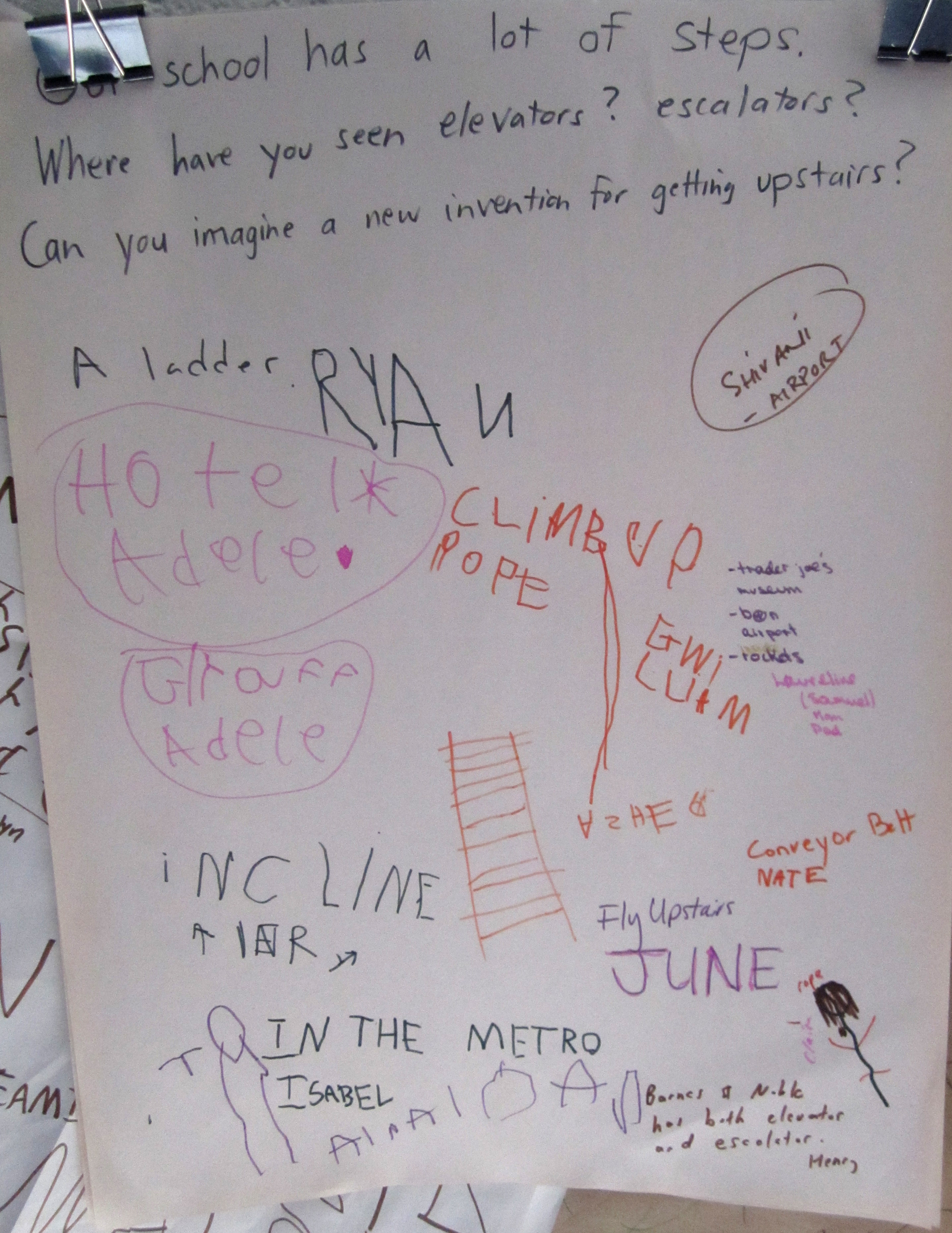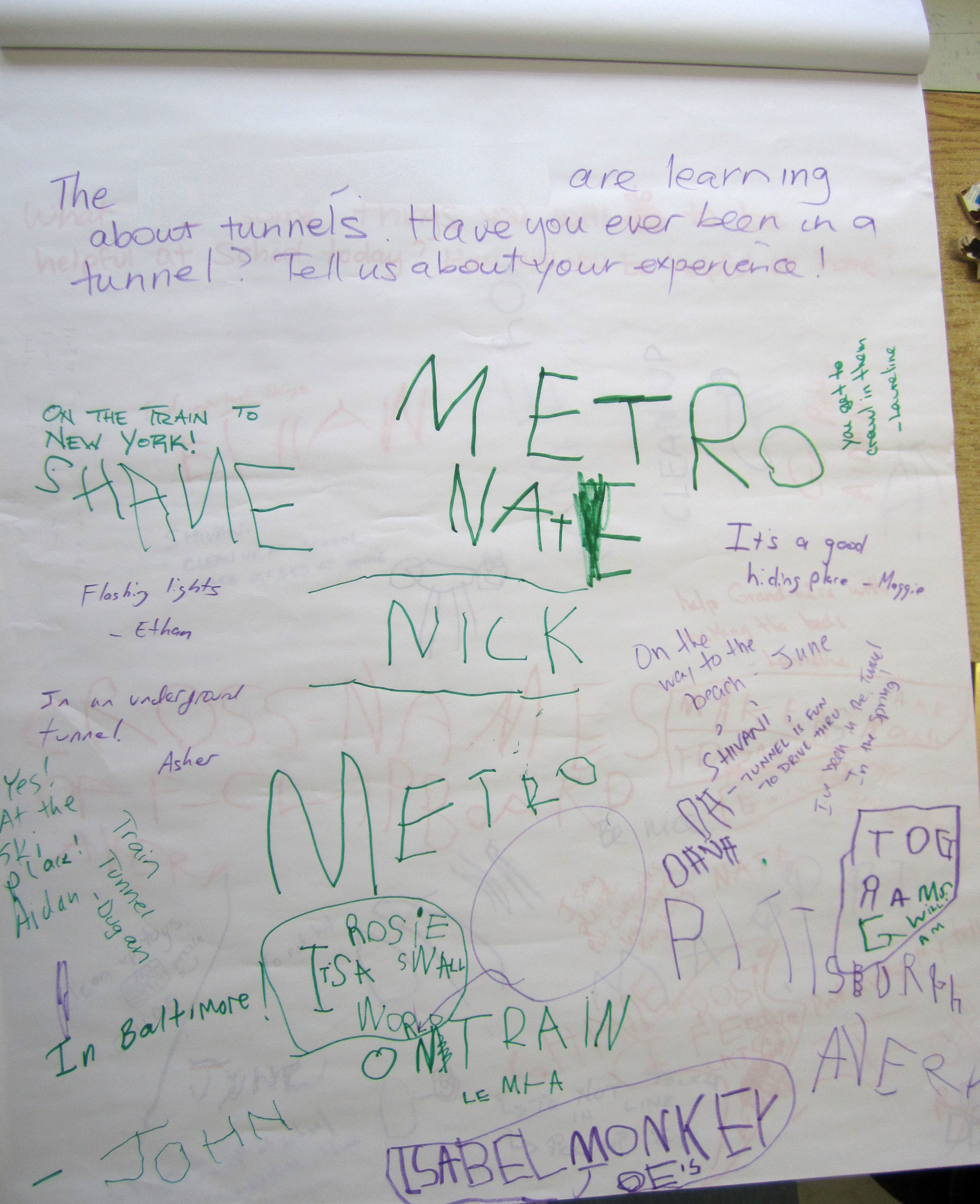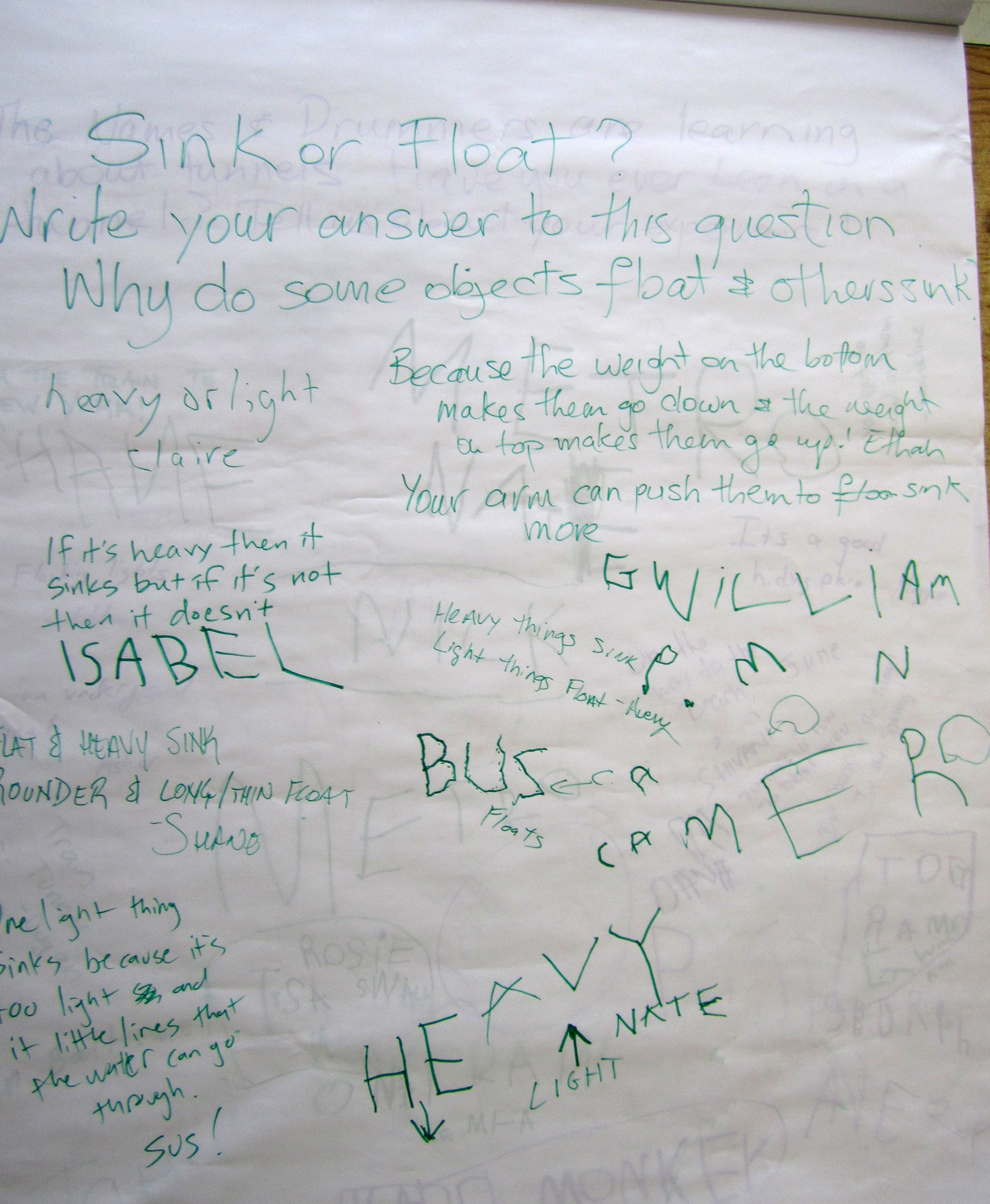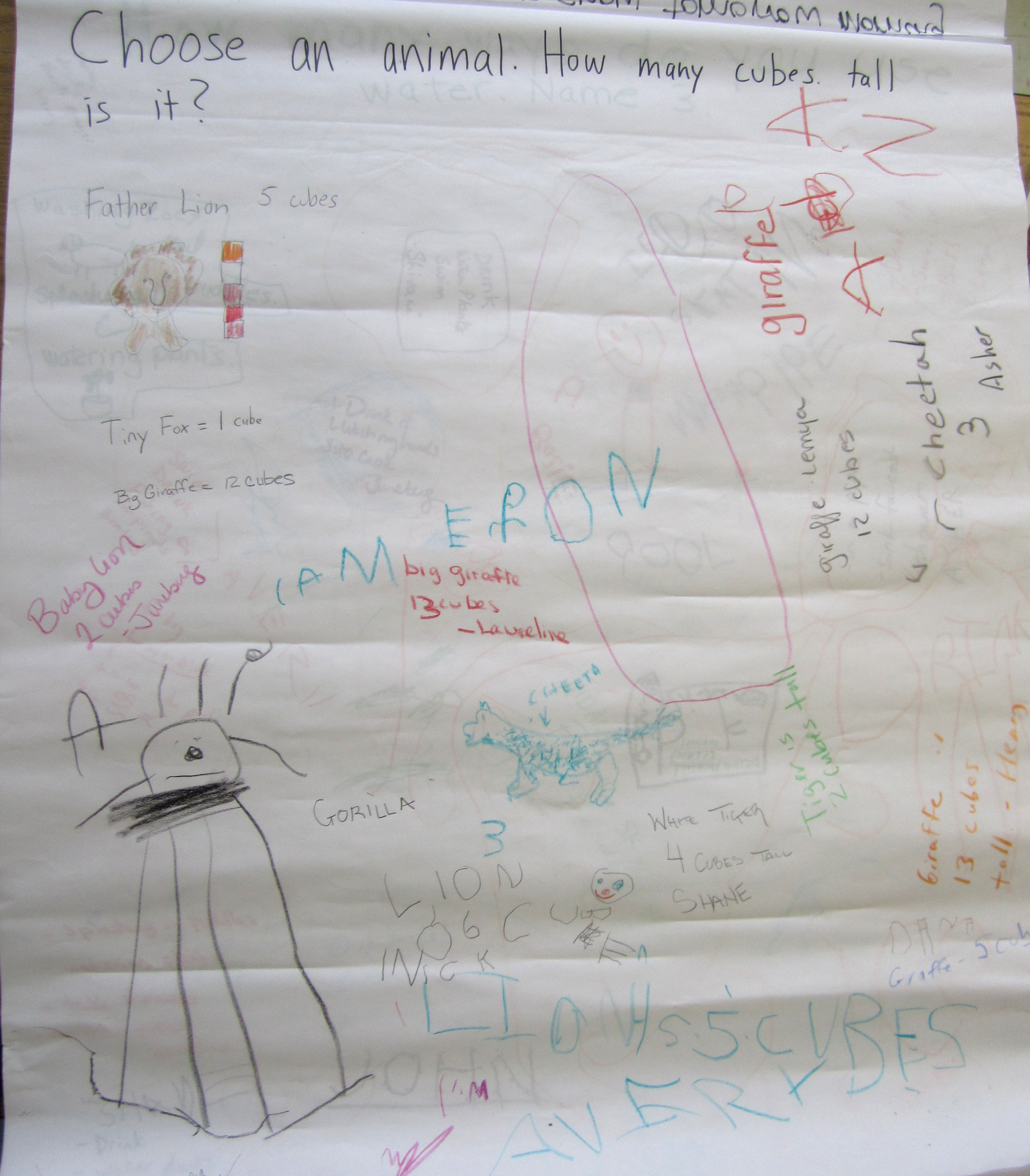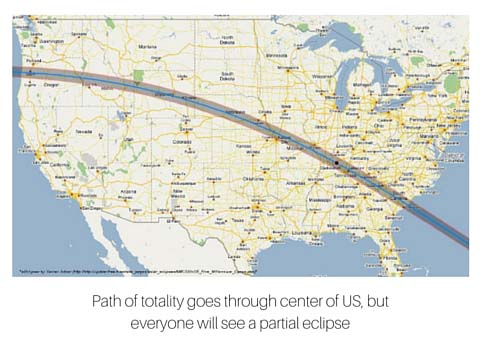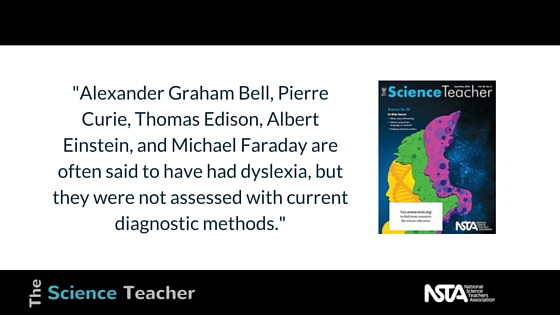On behalf of the staff of the National Science Teachers Association (NSTA) and our leadership team, I would like to thank the following members of our Board, Council, Standing Committees, Advisory Boards, and Panels whose terms of appointment end on May 31, 2016. NSTA has been busy this year promoting the implementation of the Next Generation Science Standards, working on the NSTA Strategic Goals, and helping me to promote my theme: Developing Creative Attitudes in Science. NSTA is very fortunate to have dedicated members who volunteer their time to promote NSTA and its mission. I am honored to have worked with all mentioned below as we advocate for science educators and build new leaders. So to all of you on the list below, I say “Thank You” and I look forward to working with you in new capacities in the years to come.
Retiring Committee, Advisory Board, and Review Panel Members
College: Sally Harms, Sarah Haines, Christie Orlosky, Cindi Smith-Walters
Coordination: Kelly Price, Christopher Duvall, David Miller, Matthew Stolz
High School: Beverly DeVore-Wedding, Sharla Dowding, Karen Higuera, Brian Olsen
Informal: Stacy Glatz, Miriam Musco, Kelly Riedinger
Middle Level: Fran Hess, John Milam, Kitchka Petrova
Multicultural: Margaret Helen Carter, S. Maxwell Hines, Sami Kahn
Preschool-Elementary: Conni Crittenden, Jessica Fries-Gaiter, Jessie Kelly
Preservice: David Crowther, Cynthia Gardner, Kira Heeschen, Chris Ohana, Michael Troop
NSTA Teacher Accreditation: Cathy Gardner
Prof Development: Julie Luft, Christopher Soldat, Eric Walters
Research: Pamela Auburn, Anne Farley Schoeffler, Lise Whitfield
Audit: Paul Keidel
Awards: Linda Kennedy, Karen Nesbit, Jennifer Pritchard, James Puckett, Pat Shane
Budget: Susan Koba
Nominations: Bonnie Brunkhorst, Sharla Dowding, Herbert Dyasi, Barbara Pietrucha, Julie Thomas
Advisory Boards
Aerospace: David Black, Caroline d’Otreppe, Pamela Evans
Conference: Monica Ellis
Development: Barbara Pietrucha
International: Kathleen Horstmeyer, Teresa Kennedy, Edarlin Pagarigan, Kathryn Elkins
Investment: Jean May-Brett, Joseph Holm
JCST: Megan Litster, Barry Thompson
NSTA Reports: Mike Szydlowski, Barbara Thorp, Susan Locke
Retired: Susan Clay, Joyce Gleason, Deb Wickerham
Science and Children: Neporcha Cone, Wendy Frazier, Terri Hebert
Science Matters: Stephen Bartlett, Michelle Brand-Buchanan, Jean May-Brett
Science Safety: Theresa Curry, James Kaufman
Science Scope: Ekka Bowling, Kelly Chaney, Karen Jo Matsler
Special Needs: Jennifer Purcell-Coleman, Melissa Sleeper, Cheryl White
Technology: Gregory Benedis-Grab, Stephen Bock, Ben Smith
TST: Michael Brinkman, Carrie Jones
Urban Science: Selina Bartekls, Trudy C. Giasi, Michael Matthews
CBC: Conni Crittenden, Delene Hoffner, Linda Schoen Giddings
New Science Teachers: John Clark, Sumi Hagiwara, Michael Lowry
Shell: J. Carrie Launius, Ruth Ruud, Tamica A. Stubbs
NSTA members who are interested in volunteering for a position on one our committees, advisory boards, or review panels can find more information on our Committees page online.
Dr. Carolyn Hayes is the president of the National Science Teachers Association (NSTA). She began serving her one-year term on June 1, 2015. Dr. Hayes is a retired high school biology teacher from Greenwood, Indiana. Hayes earned a B.S. degree in biology from Indiana University in 1973, a M.S. degree in secondary education from Indiana University in 1976, and an Ed.D. in secondary education and biology from Indiana University in 2005.
The mission of NSTA is to promote excellence and innovation in science teaching and learning for all.
Follow NSTA



![2016-04-25 11.17.50 [2]](/sites/default/files/blog/2016/05/2016-04-25-11.17.50-2-1024x602.jpg)
